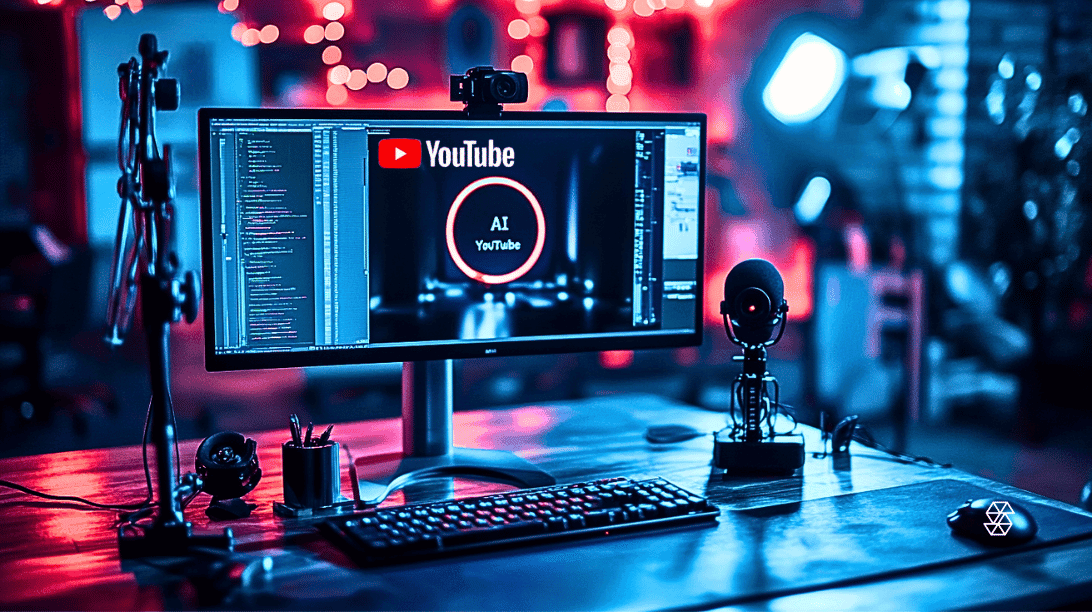5 Deepfake Stats You Need to Know for 2024
In an era where artificial intelligence is advancing rapidly, the rise of deepfakes – AI-generated images and videos that mimic reality – represents a significant technological breakthrough with complex implications.
With the rise of generative AI and various tools and platforms that make it easy to create AI-generated media, it’s important to understand the implications such media is having.
Here are five stats you need to know about deepfakes and AI-generated images and videos for 2024:
- 1. Deepfake attempts increased 31-Fold in 2023, marking a 3000% growth year-on-year.
- 2. One-quarter of people fail to identify deepfake audio.
- 3. 71% of global respondents admitted to not knowing what a deepfake is.
- 4. Some user-friendly deepfake tools attract as many as 10 million monthly searches.
- 5. Global deepfake incidents surged 10x from 2022 to 2023 with notable regional differences
- Navigating the Complexities of AI-Generated Images and Deepfakes
1. Deepfake attempts increased 31-Fold in 2023, marking a 3000% growth year-on-year.
In 2023, the world of financial security faced an unprecedented challenge with a 31-fold increase in deepfake attempts compared to the previous year, a staggering 3000% growth. This surge, highlighted in the Onfido Identity Fraud Report 2024, points to deepfake-related threats becoming a significant concern in identity and biometric verification processes. The rise is largely attributed to the wider accessibility of generative AI and face-swap apps, which has made deepfakes more sophisticated and easier to produce. This alarming trend underscores the need for financial institutions and crypto exchanges, traditionally reliant on standard KYC checks, to adapt their security measures to the evolving landscape of digital deception.

2. One-quarter of people fail to identify deepfake audio.
A study published on PLOS One involving 529 individuals revealed that approximately one-quarter of participants could not differentiate deepfake audio from real audio recordings. This statistic is alarming, considering the potential applications of deepfake audio in perpetrating scams and spreading false information.
This finding suggests a significant portion of the population is susceptible to falling for deepfake audio scams, highlighting the need for increased public education and the development of sophisticated detection tools.
3. 71% of global respondents admitted to not knowing what a deepfake is.
iProov’s 2022 survey sheds light on the global awareness, or lack thereof, of deepfakes. Their findings reveal that 71% of respondents globally admitted to not knowing what a deepfake is. This indicates a significant gap in public knowledge and understanding of deepfakes and their potential implications.
The awareness of deepfakes varies considerably across countries. In Mexico, 40% of respondents reported being aware of what a deepfake is, followed by the UK with 32%. In stark contrast, countries like Spain and Germany showed much lower awareness, with 75% of respondents in both countries acknowledging their lack of knowledge on the subject. These disparities highlight the need for targeted educational and awareness campaigns in different regions.

4. Some user-friendly deepfake tools attract as many as 10 million monthly searches.
The evolution of deepfake technology has been significantly driven by the development of Generative Adversarial Networks (GANs). These advanced neural network architectures have enhanced the sophistication and realism of deepfakes. Moreover, the past few years have seen a proliferation of user-friendly deepfake tools that have made this technology accessible to a broader audience.
The accessibility of these tools, some attracting as many as 10 million monthly searches, points to a growing interest and participation in deepfake creation. This widespread availability raises concerns about the potential for misuse, especially in the absence of adequate regulatory frameworks and public understanding of the technology.

5. Global deepfake incidents surged 10x from 2022 to 2023 with notable regional differences
The year 2023 marked a substantial escalation in the global prevalence of deepfakes, with a tenfold increase in the number detected across various industries compared to 2022. This dramatic rise showcases significant regional variations: North America experienced a 1740% surge in deepfake incidents, APAC saw a 1530% increase, Europe (including the UK) faced a 780% rise, while MEA and Latin America witnessed increases of 450% and 410%, respectively. This diverse regional impact reflects the growing sophistication and reach of deepfake technology, highlighting a critical need for enhanced security measures and awareness across the globe.
Navigating the Complexities of AI-Generated Images and Deepfakes
The statistics presented reveal a multifaceted landscape of AI-generated images and deepfakes. The rapid increase in deepfake-related fraud, global differences, and the public’s varying ability to recognize these fakes highlight urgent areas for attention. While technological advancements democratize AI capabilities, they also amplify the need for ethical guidelines and awareness. As we move forward, balancing the innovative potential of deepfakes with their societal impacts requires concerted efforts in education, regulation, and technology development. This evolving field calls for vigilance and responsible engagement from all stakeholders in the digital world.






